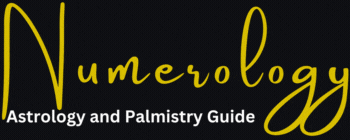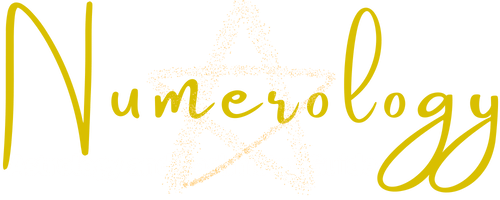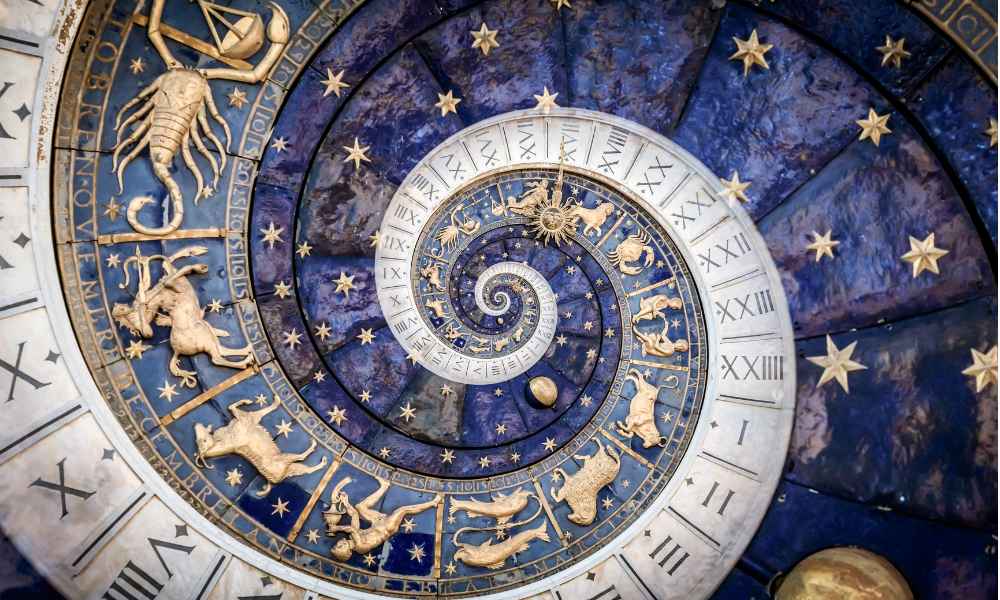
What are the Basics of Vedic Astrology?
People interested in studying or learning about astrology basics generally need help understanding all the words found on the pages, either on a website or in related books.
There are many terminologies used in astrology basics which are not found in the lexicons that we commonly use in our day-to-day life, and even if the words are available, you will find the meanings described from an astronomical point of view rather than an astrological one. It may cause problems, even when you study your natal chart prepared by an astrologer.
Therefore, some meanings will remain unrevealed, and your understanding must still be completed. To overcome this problem, on this page, I accommodated some commonly used words and their meanings so that whenever you find any such word, you may consult this page, and my best advice, before you proceed further to learn astrology, go through the glossary and try to remember these most commonly used words.
Several other words cannot be accommodated on a website. I shall provide you the link; you can collect the book and keep it in your collection for future reference.
Aberration
The apparent angular displacement of the observed position of a celestial object from its geometric position caused by the velocity of light in combination with the observer’s and observed object’s motions.
Aphelion
The point on a planetary orbit when it is the greatest distance from the Sun. The Sun’s radius vector is the longest at this point (heliocentric).
Ascendant
Another important term for astrology basics. The ascendant or the orient ecliptic point is the point of intersection of the ecliptic at the given time with the eastern horizon of the place. In astrology, it is the first house of the horoscope and is sometimes called the horizon.
The point of intersection is very important as it is considered the commencing point of the horoscope. The Earth rotates on its axis from west to east in 23h 56m 4.091s in mean solar time, and due to this rotary motion, the whole sky appears to come up from below the horizon gradually.
It is the Rising Sign on the eastern horizon. There are 12 ascendants or lagans, whose names are those of zodiac signs.
Aspects of Astrology Aspects
This is one of the most important glossaries one must remember to learn astrology basics. All planets “look “at other planets and signs, and these looks are called aspects. Planets aspect the sign or planet exactly opposite to them (in the 7th house from them). Apart from the 7th aspect, some planets have special aspects.
Mars aspects the 4th and 8th houses from its position, Jupiter aspects 5th and 9th houses from its position, Saturn aspects the 3rd and the 10th house from its position, and Dragon head and tail aspect 5th and the 9th house from their position.
The houses and the planets that are aspected by a planet get influenced by that planet; the effect will be good or bad depending on the nature, condition, lordship, etc; of the aspecting planet and the relation between the two planets.
Celestial Latitude
Angular distance across the celestial sphere measured north or south from the ecliptic along the great circle passing through the poles of the ecliptic and the object.
Conjunction
The phenomenon is called conjunction when the apparent celestial longitude or Right Ascension of two bodies are the same.
Celestial Equator
It is a great circle of the celestial sphere drawn halfway between the poles and is the great circle in which the plane of Earth’s equator cuts the celestial sphere.
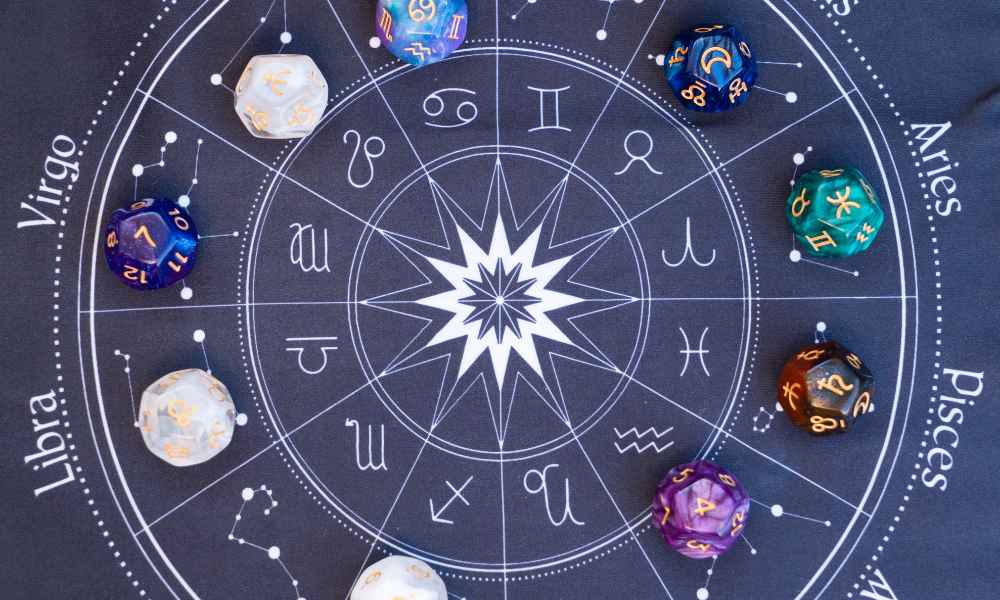
Combust Planets
A planet that comes close to the Sun, is engulfed by the Sun’s rays and loses its power. This is called combustion. The combustion applies to all the planets except the Dragon’s head and tail. This is also another important terminology and must be read with astrology basics.
Constellation
A group of stars, bearing the names of mythical Greek heroes and objects occurring in Greek legends to identify an area of the celestial sphere.
Declination
It is the angular distance on the celestial object.
Ephemeris
A tabulation of the positions of a celestial object in an ordinary sequence for some dates- usually for one whole year. To know astrology basics or prepare a natal chart, one first must learn to read ephemeris.
Ephemeris Time
Due to tidal friction on the Earth’s surface, there has been regular retardation in the rotation of Earth, resulting in the gradual lengthening of the day, and there are also regularities in the period of rotation for other reasons.
As a result, the Universal, which is the mean solar time of Greenwich determined from meridian observations, does not increase uniformly. So, a new measure of time, Ephemeris time, has been introduced from 1960. The relation between the two time scales is E.T= U.T +T.D.T; from 1984, the term E.T was replaced by Dynamical Time.
Eclipse
Obscuration of a celestial body caused by its passage through the shadow cast by another body. In a solar eclipse, the Earth passes through the shadow cast by the Moon and in a lunar eclipse, the Moon passes through the shadow cast by Earth.
Eclipse Year
The eclipse year or the draconic year is the mean interval between successive passages of the Sun through Nodes.
Eclipse Year
The mean position of the Earth’s orbit around the Sun or simply the Sun’s apparent path in the sky during a year is known as ecliptic.
Equinox
The two points on the celestial sphere at which the ecliptic intersects the celestial equator, Day and Night, are equal at this point.
Geocentric Position
is the apparent position of any heavenly bodies as seen from the center of the Earth.
Heliocentric Position
Observations regarding the center of the Sun are termed heliocentric.
Horary Astrology
This particular type of astrology is only found in Vedic astrology basics. Through this system, an astrologer prepares a chart based on the time of question asked by the subject. With the help of this chart, the astrologer predicts the events that will take place.
Hour Circle
A great circle on the celestial sphere that passes through the celestial poles and is perpendicular to the celestial equator.
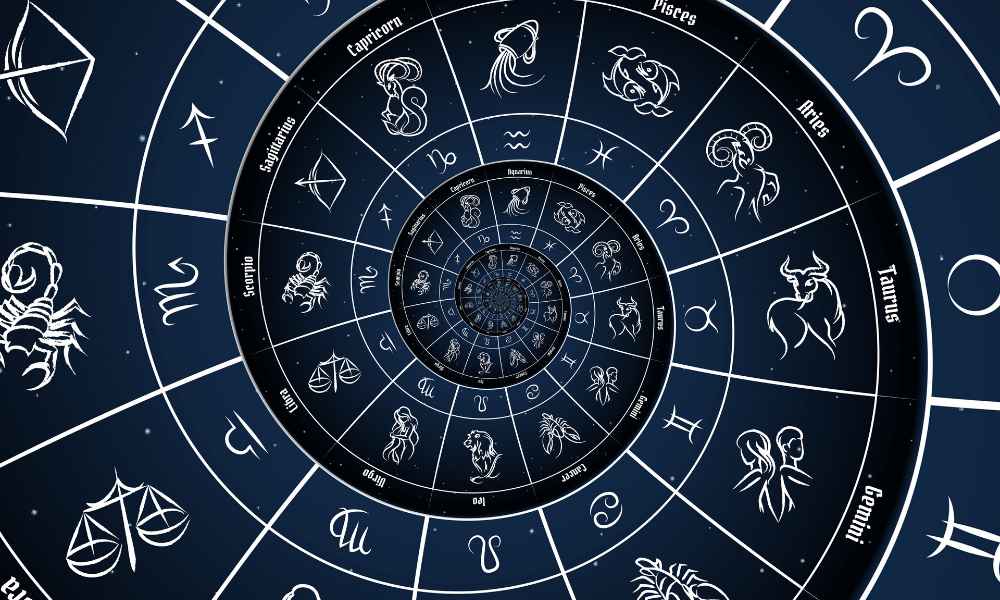
Inferior planets
The planets whose orbits lay within the Earth’s orbit around the Sun are termed inferior planets. The planets Mercury and Venus are regarded as inferior planets.
Meridian Circle
A great circle passing through to celestial poles and through the zenith of any place on Earth.
Node
To understand astrology basics, one must understand retrograde motion. The two points on the celestial sphere in which the plane of an orbit of any rotating celestial object intersects a reference plane. In respect of the Moon, these two points are known as Rahu( Ascending Node) and Ketu ( Descending Node)
Retrograde Motion
Motion clockwise in the orbit, as seen from the ecliptic North Pole, is called retrograde motion. Although the planets always move in the same direction around the Sun, the apparent motion seen from the Earth is not always in the same forward direction; they sometimes appear to move backwards. This is known as the retrograde motion of a planet.
Retrograde Planets
Except for the Sun and Moon the rest of the planets change their proper motion through the zodiac periodically and appear to move backwards. After some time, they resume their direct motion. When a planet is retrograde, it is marked in the horoscope with the mark “R.” It gives some unusual results.
Sidereal time (Sidereal Astrology)
The sidereal time is the measure of time defined by the diurnal motion of the vernal equinox. Local Sidereal Time is defined as the local hour angle of the vernal equinox.
Superior Planets
The planets whose orbit lies outside Earth are termed superior planets. The planets Mars, Jupiter, Saturn, etc., are superior planets.
Terrestrial Dynamical Time - (T.D.T)
It is the uniform time system used to compute the ephemeris of the bodies of the solar system.
Tenth House (M.C)
The point of intersection of the ecliptic of the given time with the meridian of the place is the tenth house of that moment. It is also called the mid-heaven or the Medium Coeli (M.C) and is sometimes called the meridian.
Author Bio - Jayanti Ghosh and Soumen Ghosh

Embark on a journey of numerological discovery with confidence, guided by our resident numerology experts, Jayanti Ghosh and Soumen Ghosh, recognized authorities in the field. Our content is meticulously curated, drawing from esteemed numerological texts and research. Rigorous fact-checking and peer reviews ensure the utmost accuracy and reliability. We are dedicated to transparently sharing the sources of our numerological knowledge, promoting a culture of trust and authenticity. You’re in the hands of a trusted expert, exploring the profound realm of pinnacle numbers with certainty.
Learn More About Vedic Astrology

History of Vedic Astrology
Three main branches of Astrology exist to date. Though there are a few more, people are mostly familiar with the names of Western, Indian, and Chinese Astrology. We find the presence of it for the first time in Mesopotamia and the Babylonia (then Chaldea) in and around 3600 B.C. In that era, the subject was being used to predict or forecast the weather or the possibility of disaster and even to find the chances of wars that might occur in the future.

Characteristics of Zodiac Signs
Astrology signs play a very important role in unfolding individuals’ inner or hidden traits. Twelve astrology zodiac signs provide some general descriptions of the subjects. All individuals come under any of the twelve signs according to their date of birth. You may be interested to know how the signs in heaven can influence or control the lives on the earth. To understand better, we must know how the signs themselves are characterized.

Significance of the Planets
In Vedic astrology, the significance of planets is paramount as they play a pivotal role in shaping the course of an individual's life. Each planet represents specific qualities, energies, and influences that contribute to the overall astrological profile. The positions of these celestial bodies at the time of one's birth are meticulously analyzed to derive insights into personality traits, relationships, career paths, and various life events. The nine planets, or Navagrahas, are considered cosmic forces that exert both positive and challenging influences, guiding individuals on their karmic journey.
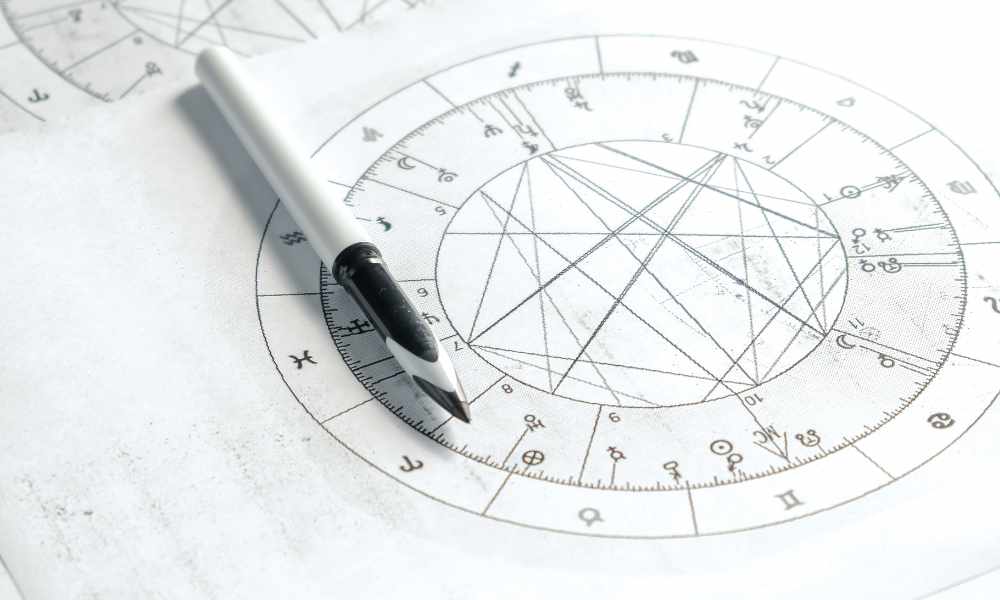
Understand a Vedic Natal Chart
The horoscope or astrology natal chart, astrology birth chart, or astrology chart is a diagram which reflects the picture of the relevant celestial bodies at the time of one’s birth. It shows in which signs the nine planets were positioned at that particular time and place. It also states another important aspect of astrology called the Lagna or Ascendant. The astrology chart plays a significant role in analyzing an individual’s life. The ascendant is calculated based on one’s place and time of birth. The ascendant is your individual 1st house and may fall in any of the 12 signs. From there, the other houses are marked.
